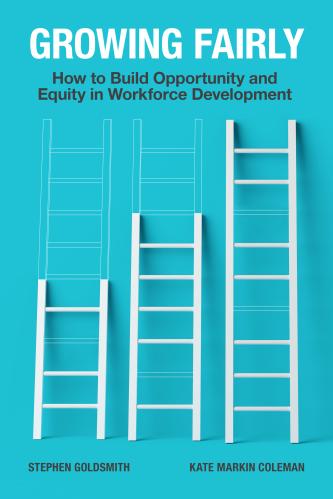Studies in this week’s Hutchins Roundup find that industrial pollutants can cause poverty, low and middle-income students “undermatch” to colleges, and more.
Want to receive the Hutchins Roundup as an email? Sign up here to get it in your inbox every Thursday.
Industrial pollutants reinforce poverty and inequality
Claudia Persico from American University finds that pollutants from industrial plants negatively affect child development and children’s long-run outcomes. Using data on plant openings and closings, the author compares siblings within the same family in which one sibling was exposed to pollution from an industrial plant during gestation while the other was not. She finds that children who were gestating near an industrial plant have 27.8 percent lower wages and are 15.6 percentage points more likely to be on a public assistance program as adults relative to their non-exposed sibling. In addition, children who were prenatally exposed are 13.9 percentage points less likely to graduate high school, have 1.25 fewer years of education, and are 9.3 percentage points more likely to have a cognitive disability compared to their sibling. Persico concludes that neurotoxins like lead and mercury might be much worse than exposure to typical air pollution and that pollution is a major channel through which inequality is reproduced.
Income-neutral allocation of students to colleges would increase economic mobility
Richer students tend to go to different colleges than poorer students, but children from low- and high-income families who attend the same college tend to have similar earnings in adulthood. Raj Chetty from Harvard, John N. Friedman from Brown, Nicholas Turner from the Federal Reserve Board, and Emmanuel Saez and Danny Yagan from the University of California, Berkeley, examine the role that colleges play in shaping intergenerational mobility in the U.S. Linking tax data on parental income to students’ SAT and ACT scores, they find that, given the same test scores, students from higher-income families attend more selective colleges, implying that students from low and middle-income families “undermatch” to colleges. They then show that allocating students to colleges in an income-neutral manner conditional on test scores would increase intergenerational mobility or, put differently, reduce the intergenerational persistence of income by 15%. In addition, they find that giving lower-income students the same preferences as legacy and minority students would eliminate income segregation across all college tiers and reduce the intergenerational persistence of income by 25%.
The euro has underperformed as an international currency
Ethan Ilzetzki from the London School of Economics, and Carmen M. Reinhart and Kenneth S. Rogoff from Harvard seek to explain why the euro has failed to achieve its goal of rivaling the dollar as the dominant international currency. They reason that the euro has stalled mainly due to the fragmented nature of eurozone debt markets compared to the unified market for U.S. Treasuries and that Eurozone capital markets are not as integrated as in the U.S. Furthermore, the euro’s emergence was stalled by the eurozone crisis and the European Central Bank’s excessive emphasis on German macroeconomic stability until mid-2012. They conclude that since the dollar’s continued dominance has been partially due to the dramatic rise of dollar-anchored Asian economies, the expansion of the euro’s international reach will largely depend on whether Asia becomes less dollar-anchored.
Chart of the week:

Quote of the week:
“The rate of U.S. workforce growth has declined from a yearly average of approximately 2.71 percent in the 1970s to 1.27 percent in the 1990s to an expected 0.24 percent in the 2020s. This deceleration in workforce growth is not being offset by improvements in productivity per worker. The rate of U.S. productivity growth has declined from a yearly average of almost 2 percent in the 1990s to 0.85 percent since 2010,” says Robert S. Kaplan, president of the Federal Reserve Bank of Dallas
“It’s the view of Dallas Fed economists that structural reforms are needed if we are to improve U.S. workforce growth. These reforms could include policies that facilitate child care and transportation services, which make it easier for marginally attached workers to enter and stay in the workforce. In addition, immigration reform that focuses on skills and employer needs could also help increase the rate of U.S. workforce growth.
Productivity growth could be enhanced by policies that help workers impacted by technology and technology-enabled disruption to get reskilled. Dallas Fed economists believe that the emphasis on skills training programs could be dramatically increased in the U.S. In addition, policies that focus on improving early-childhood literacy and the overall math, science and reading skills of our next generation of workers would help improve their adaptability and productivity. Lastly, investments in selected infrastructure improvements could help create greater efficiencies in the U.S. economy.”









Commentary
Hutchins Roundup: Industrial pollutants, intergenerational mobility, and more.
February 20, 2020